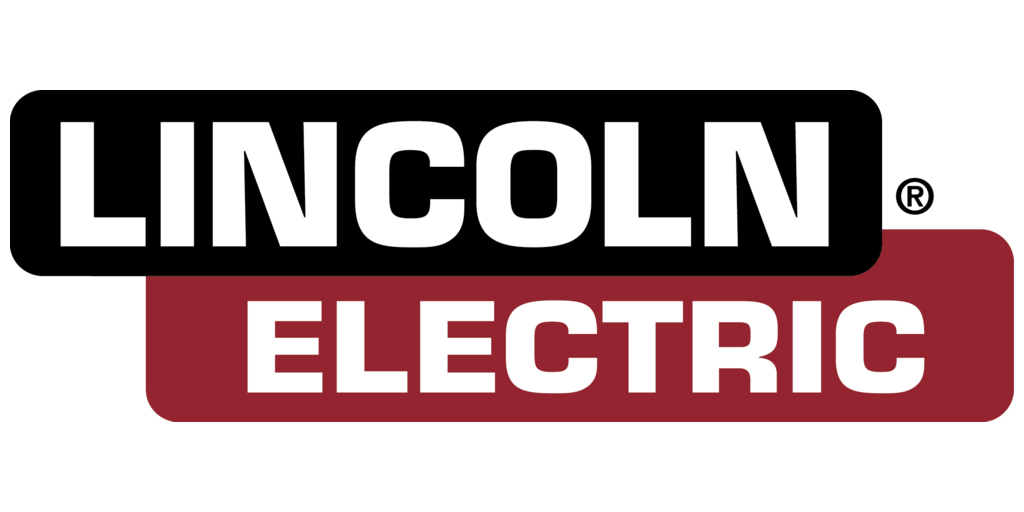
The opposition to offshore wind power is picking up steam, but the Biden administration is forging ahead with plans to unleash 3.7 gigawatts worth of wind turbines in the Gulf of Mexico. Texas has been tapped for the lion’s share at more than 2.4 gigawatts, so get ready for a Clash of the Titans remix. Powerful renewable energy stakeholders are heading for a showdown against the usual suspects and the Federalist Society is reportedly weighing in as well.
Texas Could Lead The US Offshore Wind Revolution
At first glance, Texas might not seem like a likely spot to launch an offshore wind energy revolution in the US. Politics aside, wind resources in the Gulf of Mexico are less than optimal. Also, states along the Atlantic coast have had a good head start. Wind resources are stronger there, and they already have 50 gigawatts in the planning stages.
Nevertheless, Texas could become the very first US state to start construction of the nation’s very first large-scale offshore wind farm, and finish it, too. For all the wind power planning going on along the Atlantic coast, only seven wind turbines are currently spinning offshore for a measly total of just 42 megawatts shared between Rhode Island and Virginia.
Texas could leapfrog over the rest, partly on account of its experience with large-scale onshore wind projects. The state has forged a solid base of local wind industry stakeholders who have been enjoying the benefits of the state’s massive CREZ (Competitive Renewable Energy Zones) initiative.
The core of CREZ is a series of new long-distance transmission lines that revved up back in 2013. The new infrastructure sparked wind development in the sparsely populated western part of the state, by enabling transmission to high-population markets in the eastern part.

More Reasons Why Texas Could Lead On Offshore Wind
Another factor is ERCOT (the Energy Reliability Council Of Texas), the organization that manages the majority of the Texas grid. In contrast to grids in other states, most of the Texas grid is walled off from out-of-state power generation resources. That makes the state vulnerable to electricity shortages and blackouts, and ERCOT has been on the prowl for new in-state renewable energy resources to help cover the grid reliability and resiliency bases.
Under ERCOT, the Texas wind industry raced to an early lead among all 50 states for onshore wind power capacity and it has stayed there ever since, far outstripping all others. In addition, ERCOT has been watering the garden of in-state solar power. Texas now ranks #2 in solar and is closing in on California for the #1 slot.
Offshore wind also has a chance to blow up in Texas on account of the state’s head start on the emerging green hydrogen industry, which leverages renewable energy to push hydrogen gas from water. Green hydrogen stakeholders can also leverage existing fossil energy infrastructure and its workforce, too. Fossil energy stakeholders like Shell are already eyeballing Texas for a soup-to-nuts green hydrogen play, with offshore wind factoring in along with onshore wind, solar power, landfill gas, and biogas.
The Texas green hydrogen industry could be the Achilles heel of renewable energy foes. Republican lawmakers in Texas have been talking a loud talk against renewable energy investing. Nevertheless, earlier this year they loudly and proudly welcomed a new $4 billion green hydrogen plant into Texas. When construction is complete in 2027, the facility is expected to be the largest of its kind in the nation.
Offshore Wind Power Is Coming To Texas, Ready Or Not
The new offshore wind leases will add a nice chunk of change to the state’s onshore wind power capacity, which already weighed in at 30 gigawatts by 2020. Offshore wind could also help Texas work around some of its long-distance transmission shortcomings, which continue to stymie wind power growth despite the CREZ project.
As announced by the US Department of the Interior, the new offshore wind lease areas in the Gulf of Mexico include the Galveston 1 and Galveston 2 offshore areas in Texas for a combined total of about 200,000 acres. With the capacity of Galveston 1 rated at 1.244 gigawatts and Galveston 2 at 1.175 gigawatts, that adds up to more than 2.4 gigawatts.
The overall Gulf of Mexico lease sale also includes a 102,480-acre area off the coast of Louisiana that will round the grand total up to 3.7 gigawatts, but we’ll get to that another time.
The Interior Department’s Bureau of Ocean Energy Management has already pre-qualified a roster of high stakes stakeholders to bid on the leases. Bidding is scheduled for August 29, so hold onto your hats. The fossil energy powerhouses Shell New Energies US and TotalEnergies Renewables USA are qualified to bid with the familiar name of Hanwha, through its Offshore North America branch as well as its Qcells USA division.
Also in the running are Gulf Wind Offshore, Hecate Energy, Invenergy GOM Offshore Wind, RWE Offshore US Gulf, and US Mainstream Renewable Power.
Meanwhile, Over On The Atlantic Coast
Oh, the irony, it burns. While stakeholders in Texas are setting the table for offshore wind power in the Gulf of Mexico, last year the New York Times name-checked a powerful Austin-based organization called the Texas Public Policy Foundation for reportedly bankrolling lawsuits against several Atlantic wind projects.
That name popped up again in April when the Houston Chronicle reported on legal action against the Vineyard Wind project in Massachusetts.
Mother Jones has also been connecting the dots. Last month, the news organization painted a picture of energy policy in Texas that contrasts sharply with the renewables-friendly legislation that birthed the CREZ transmission projects:
“The burgeoning influence of TPPF, an organization substantially funded by fossil fuel interests and publicly lauded by Greg Abbott, Texas’s Republican governor, is the catalyst to a rightwing attempt to crimp the stunning progress of renewable energy in the state, which now produces more than a quarter of all wind-powered electricity in the US.”
Apparently, TPPF has run out of things to do in Texas and has been taking aim at the Atlantic coast states. Offshore wind opponents along the Atlantic have had plenty of opportunities to build a sticky network of alliances between local communities and deep-pocketed political influencers, ever since the ill fated Cape Wind project foundered in Massachusetts after a 20-year odyssey through a torturous approval process.
The federal offshore approval process is now streamlined under BOEM, which has helped long-stalled offshore plans begin to get off the drawing board.
Getting steel in the water is still a sticky wicket, though. The 50-gigawatt flood anticipated for the Atlantic coast is still barely a trickle, and lawsuits against the new developments are already spreading like crabgrass after a summer rain.
While out-of-state fossil energy stakeholders have reportedly had a hand in the lawsuits, other conservative interests may also be in play. According to reporting in The New Republic, the Federalist Society — the same organization credited with seating a supermajority of six conservative Justices on the US Supreme Court — also has a hand in the business.
All eyes are currently on New Jersey, where Governor Phil Murphy’s ambitious plans for offshore development have run headlong into a series of lawsuits, so stay tuned for more on that.
Find me on Threads @tinamcasey. Also Post @tinamcasey, or @TinaMCasey on LinkedIn and Spoutible, or @Casey on Mastadon, or Twitter (for now) @tinamcasey.
Image (cropped): Texas nails more than 2.4 gigawatts in offshore wind capacity out of a total wind potential of 3.7 gigawatts up for grabs in the Gulf of Mexico (courtesy of US Bureau of Ocean Energy Management).
I don’t like paywalls. You don’t like paywalls. Who likes paywalls? Here at CleanTechnica, we implemented a limited paywall for a while, but it always felt wrong — and it was always tough to decide what we should put behind there. In theory, your most exclusive and best content goes behind a paywall. But then fewer people read it! We just don’t like paywalls, and so we’ve decided to ditch ours. Unfortunately, the media business is still a tough, cut-throat business with tiny margins. It’s a never-ending Olympic challenge to stay above water or even perhaps — gasp — grow. So …
Sign up for daily news updates from CleanTechnica on email. Or follow us on Google News!
Have a tip for CleanTechnica, want to advertise, or want to suggest a guest for our CleanTech Talk podcast? Contact us here.
Former Tesla Battery Expert Leading Lyten Into New Lithium-Sulfur Battery Era:
CleanTechnica uses affiliate links. See our policy here.




